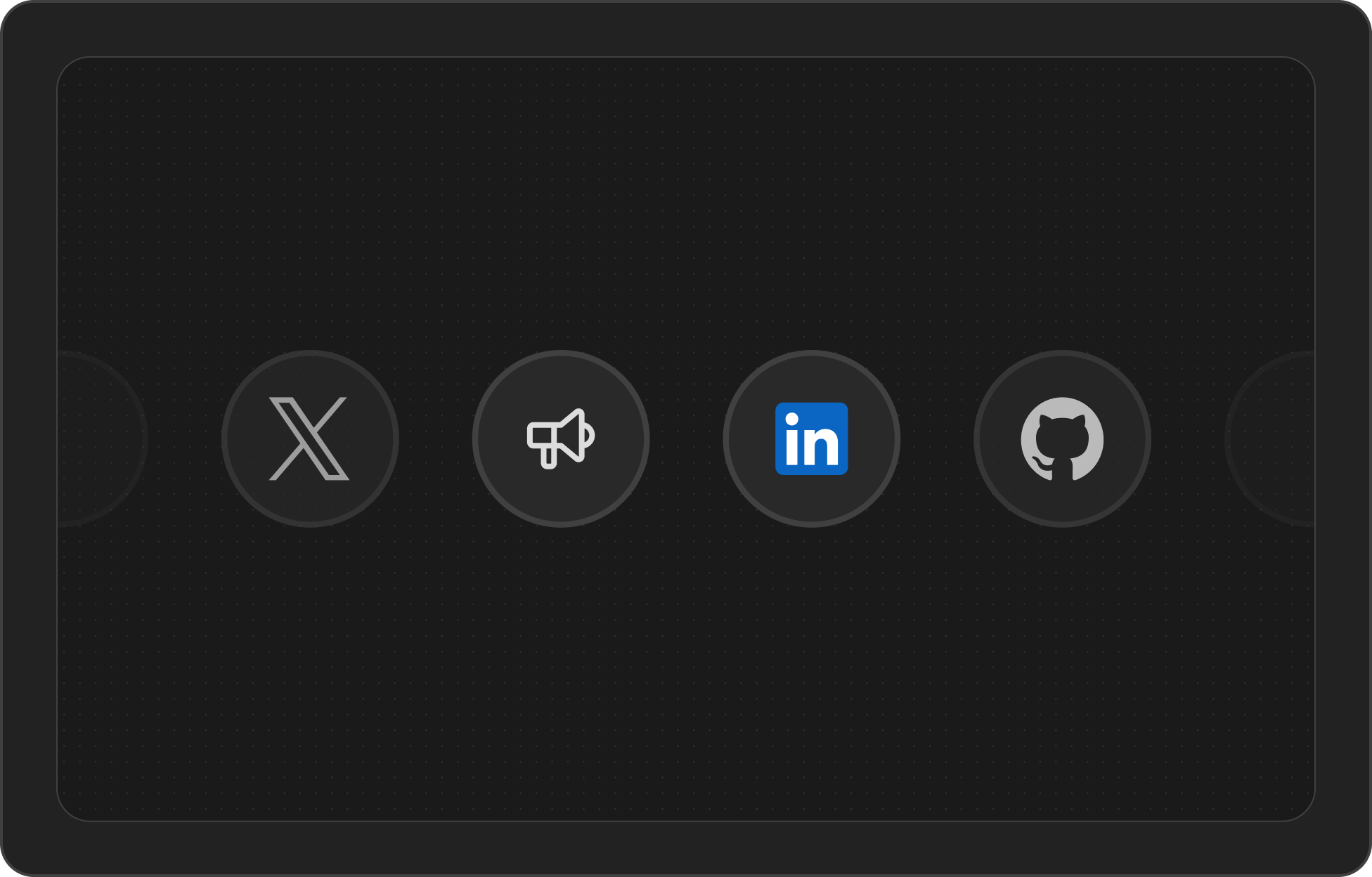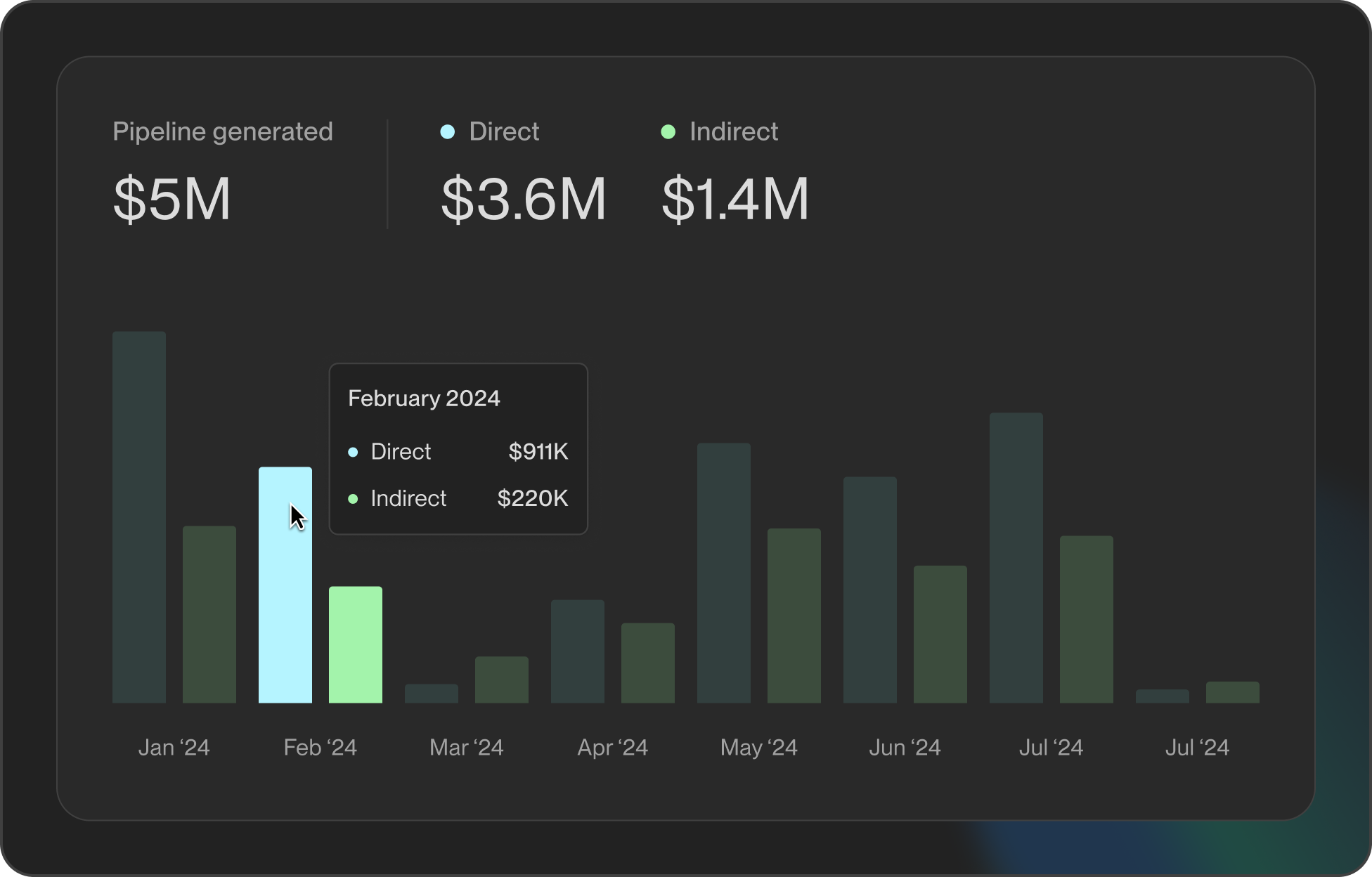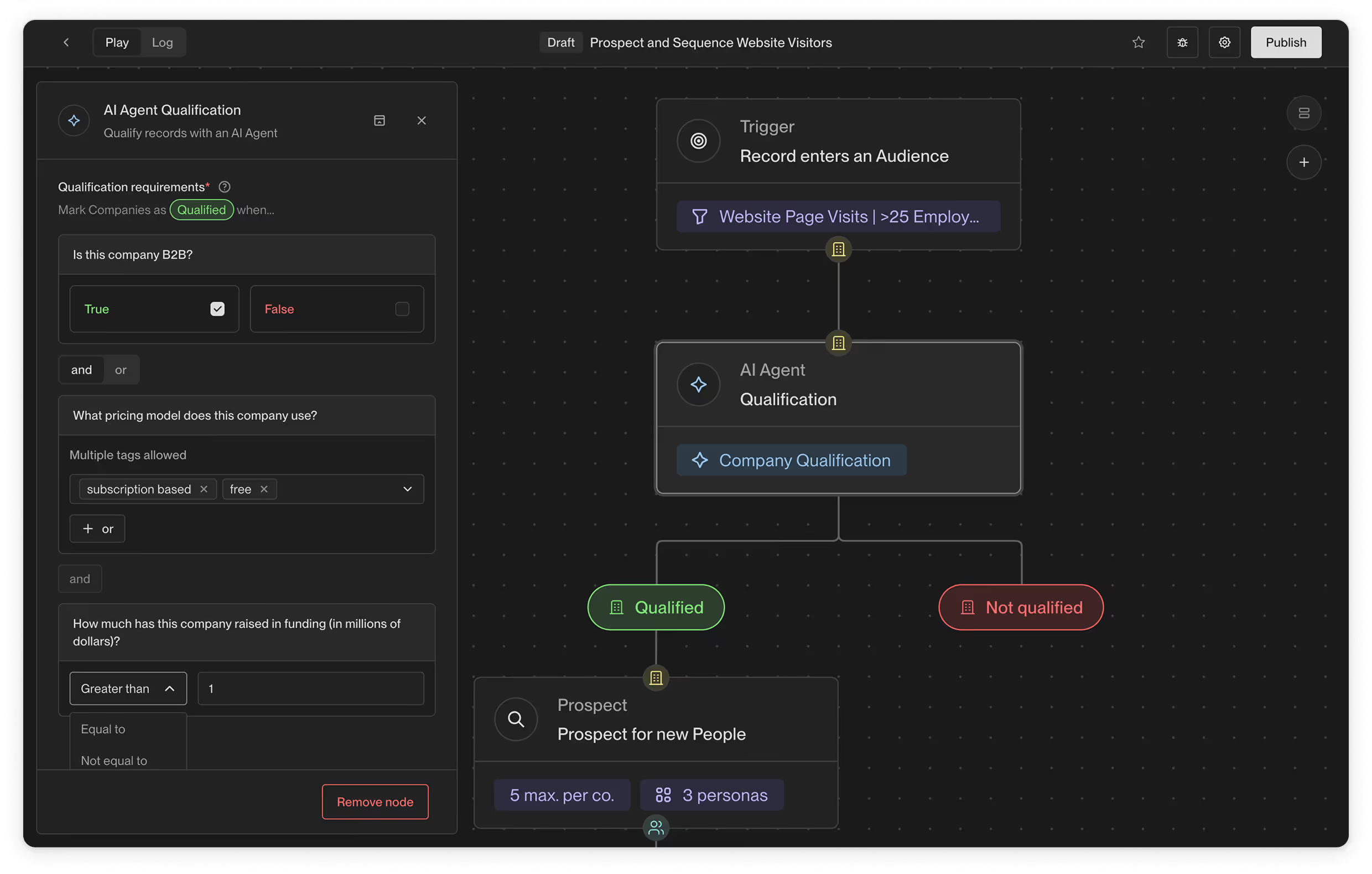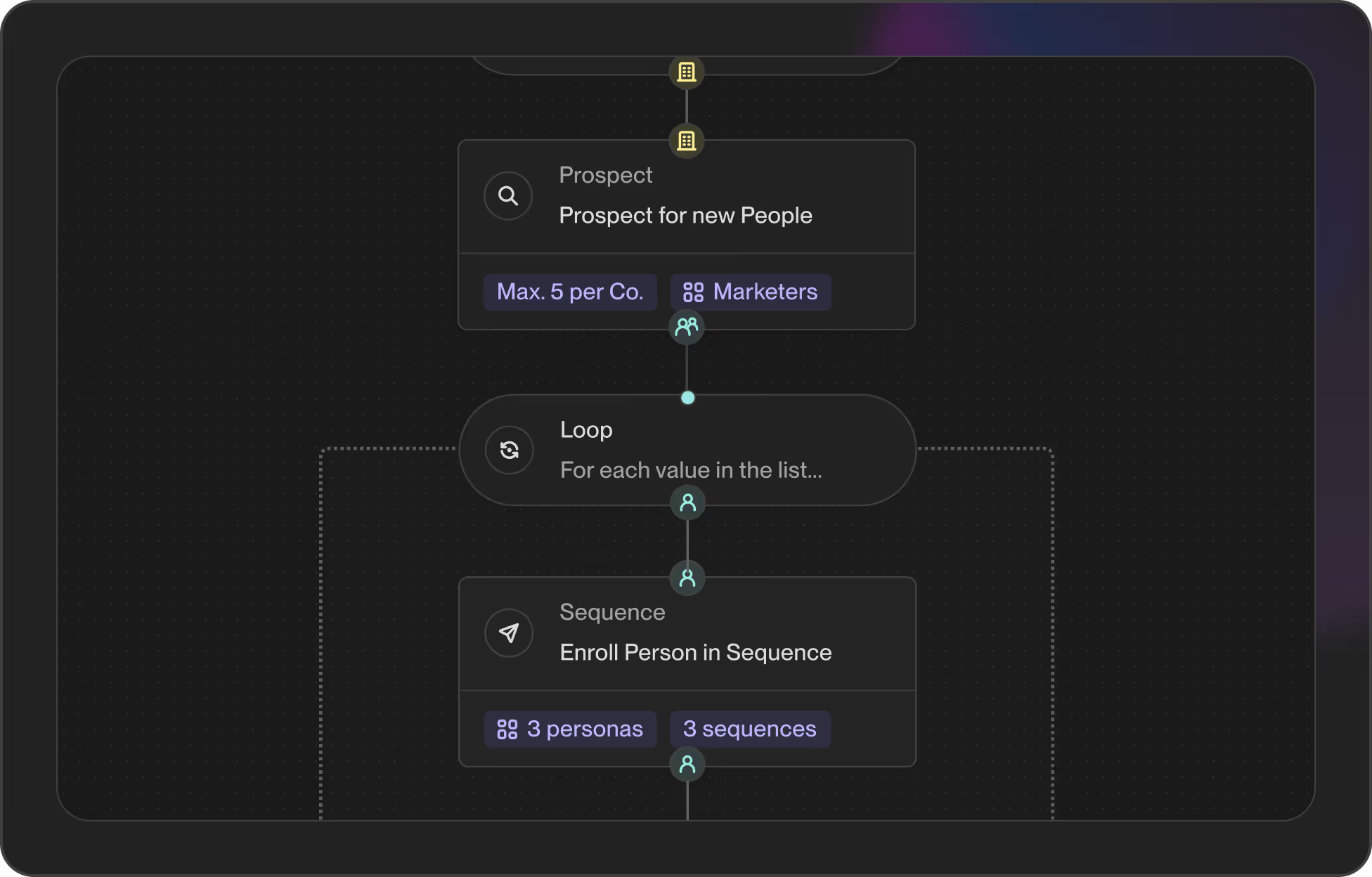Best B2B GTM Marketing Platforms for Rapid Growth

2025 Guide: Selecting the Best B2B GTM Marketing Platform for Rapid Growth
Choosing the right B2B go-to-market platform in 2025, one with unified automation, AI-driven insights, and measurable ROI, determines whether your company scales efficiently across complex buyer journeys.
Define your B2B GTM strategy and business model
A GTM strategy defines how you reach customers, including sales channels, target audience, and messaging, and it must guide platform choice because different motions need different capabilities.
- Product-led: Requires in-product engagement, usage analytics, self-serve flows, and triggers based on behavior for onboarding and conversion.
- Sales-led: Needs contact intelligence, advanced lead scoring, and orchestration to coordinate multi-touch outreach across buying committees.
- Hybrid: Must bridge product signals and human escalation, supporting self-serve conversion while escalating high-value prospects to sales.
Also match platform capabilities to market segmentation and sales cycle length: high-velocity SMB motions need different automation than enterprise strategies with 12–18 month cycles. Choose a platform aligned to average contract value, sales cycle length, and buyer-complexity.
Identify essential features for modern GTM platforms
Modern GTM platforms must be the operational backbone for revenue teams, not just email and lead capture tools. Key capabilities include:
- Advanced analytics: Real-time dashboards, cohort analysis, predictive forecasting, and pipeline visibility.
- Campaign automation: Visual workflow builders, conditional logic, and multi-channel orchestration for email, social, direct mail, and sales outreach.
- Audience targeting: Dynamic segmentation, account-based targeting, and real-time personalization using firmographic, technographic, and behavioral signals.
- CRM integrations: Native connectors, bidirectional sync, and unified contact records to eliminate silos.
Essential 2025 features:
- Unified data layer: Centralizes customer data across touchpoints.
- Multi-channel orchestration: Coordinates cross-channel journeys and sequences.
- Real-time personalization: Adapts messaging based on behavior and profile.
- Revenue attribution: Tracks marketing impact across the lifecycle.
- Predictive analytics: Forecasts outcomes to optimize resource allocation.
Evaluate AI capabilities and data-driven automation
AI transforms efficiency and precision in GTM operations by automating routine tasks, predicting buyer behavior, and personalizing outreach at scale. AI agents boost pipeline, cut costs, and deliver 4–7x higher conversions by surfacing high-intent prospects while optimizing both timing and messaging.
AI-powered analytics provide instant insights to optimize go-to-market strategies by continuously analyzing campaign performance, buyer behavior, and market signals to adjust targeting and budget allocation.
When evaluating AI:
- Lead scoring: Prefer models combining explicit (company size, role) and implicit signals (engagement, behavior) that learn from your conversion patterns.
- Content optimization: Look for automated A/B testing of subject lines, CTAs, and messaging, plus personalized content recommendations.
- Predictive features: Choose systems that forecast likely conversions, expansion opportunities, and churn risk to enable proactive outreach.
Prioritize AI that is transparent, continuously learning from your own data, and offers controls for your team to validate and tune models.
Compare top B2B GTM marketing platforms
The market splits into categories; match category strengths to your GTM motion.
- All-in-One GTM Platforms (e.g., Unify): Combine marketing automation, sales engagement, and customer success workflows in one system to eliminate silos and provide unified reporting, best for teams wanting a single source of truth.
- Marketing Automation Specialists: Offer deep campaign orchestration, complex workflow builders, and extensive integrations, ideal for marketing ops-heavy organizations.
- Sales Engagement Platforms: Optimize sales productivity with sequence automation, call scheduling, and activity tracking, suited to SDR and inside sales teams.
- Account-Based Marketing Platforms: Focus on account intelligence, intent data, and coordinated multi-channel campaigns for ABM strategies.
Match platform functionality to organizational maturity - early-stage companies often benefit from all-in-one solutions.
Integration and scalability considerations
Long-term value depends on integrations, API flexibility, and how platforms scale with data, campaigns, and geographic expansion.
- Audit your stack: Identify critical integrations, including CRMs, messaging, conferencing, and calendars, and ensure the platform can centralize data across ~15–20 tools commonly used by B2B orgs.
- CRM sync: Require native integrations, bidirectional data flow, custom field mapping, and real-time updates.
- API and connectors: Prefer well-documented APIs and pre-built connectors for custom workflows and proprietary systems.
- Scalability: Test how the platform handles large data volumes, millions of records, multilingual campaigns, and region-specific requirements.
- Enterprise readiness: Verify uptime history, security certifications, disaster recovery, and capabilities to onboard acquired business units or consolidate disparate data sources.
Assess performance under load and plan for integrations and localization needs before committing.
Budget planning and ROI measurement
Treat GTM platforms as strategic investments; total cost of ownership includes subscriptions, implementation, training, and ongoing optimization.
- Pricing models: Understand whether vendors charge per user, per contact/account, or via hybrid structures and how costs scale.
- Implementation: Expect implementation to often cost 2–3x the first-year subscription for complex setups, and factor in data migration, custom integrations, and professional services.
- Training & adoption: Plan for onboarding and ongoing training; intuitive platforms with strong documentation drive faster adoption and higher utilization.
- ROI metrics: Establish baselines and track pipeline velocity, conversion rates, cost per lead, and sales productivity; select platforms that provide built-in attribution and ROI reporting.
- Timelines: Simple automation can show ROI in 3–6 months; comprehensive GTM platforms typically require 9–12 months for full value realization.
- Continuous investment: Budget for optimization, additional integrations, and feature expansion as your GTM strategy evolves.
View platform selection as capability-building; this drives better vendor choice, disciplined implementation, and stronger long-term outcomes.
Summary
The right B2B GTM platform in 2025 aligns with your GTM motion, centralizes data, leverages AI for scalable automation, and scales with your organization to deliver measurable ROI. Take the time to assess strategy, essential features, AI maturity, integration needs, and budget implications.




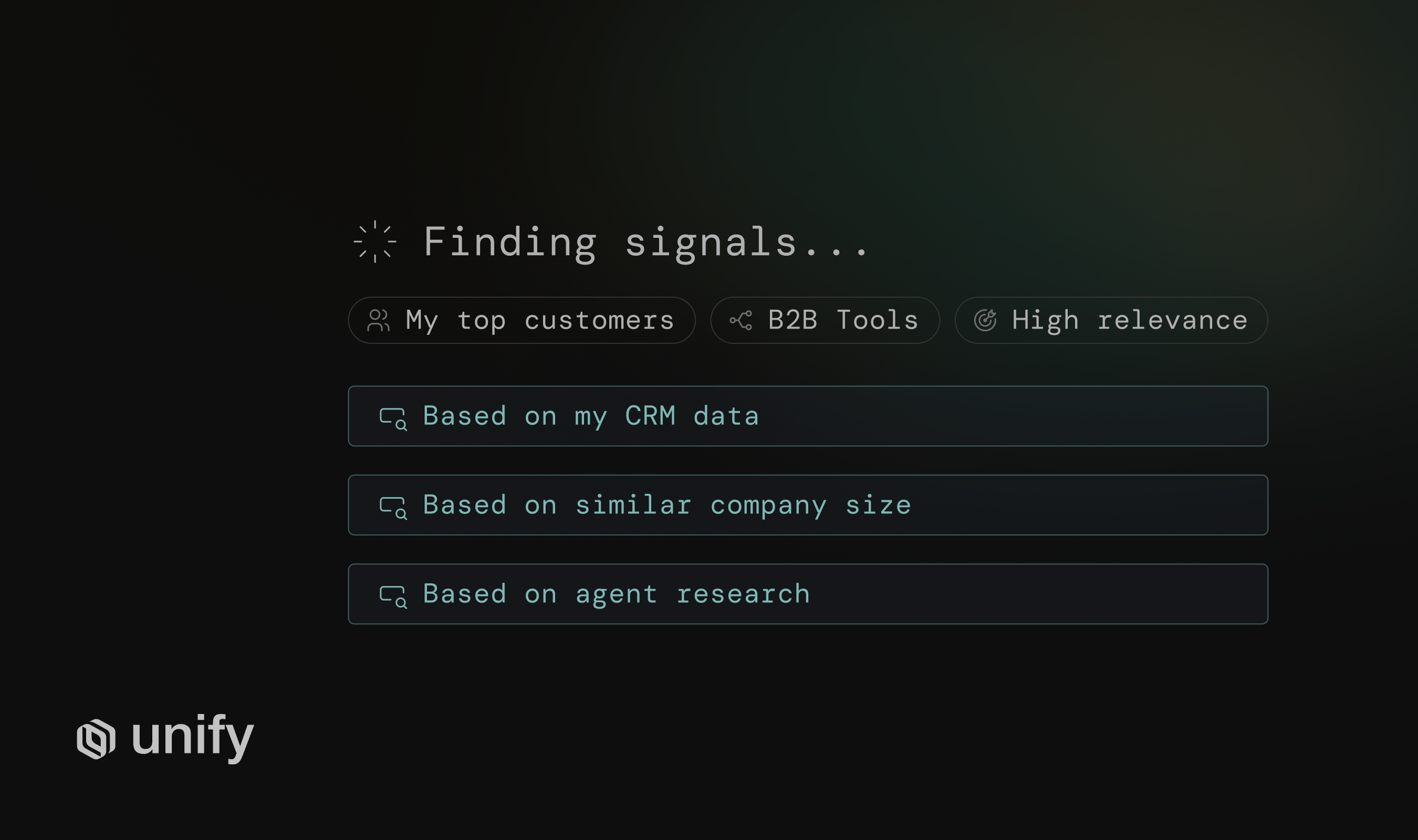
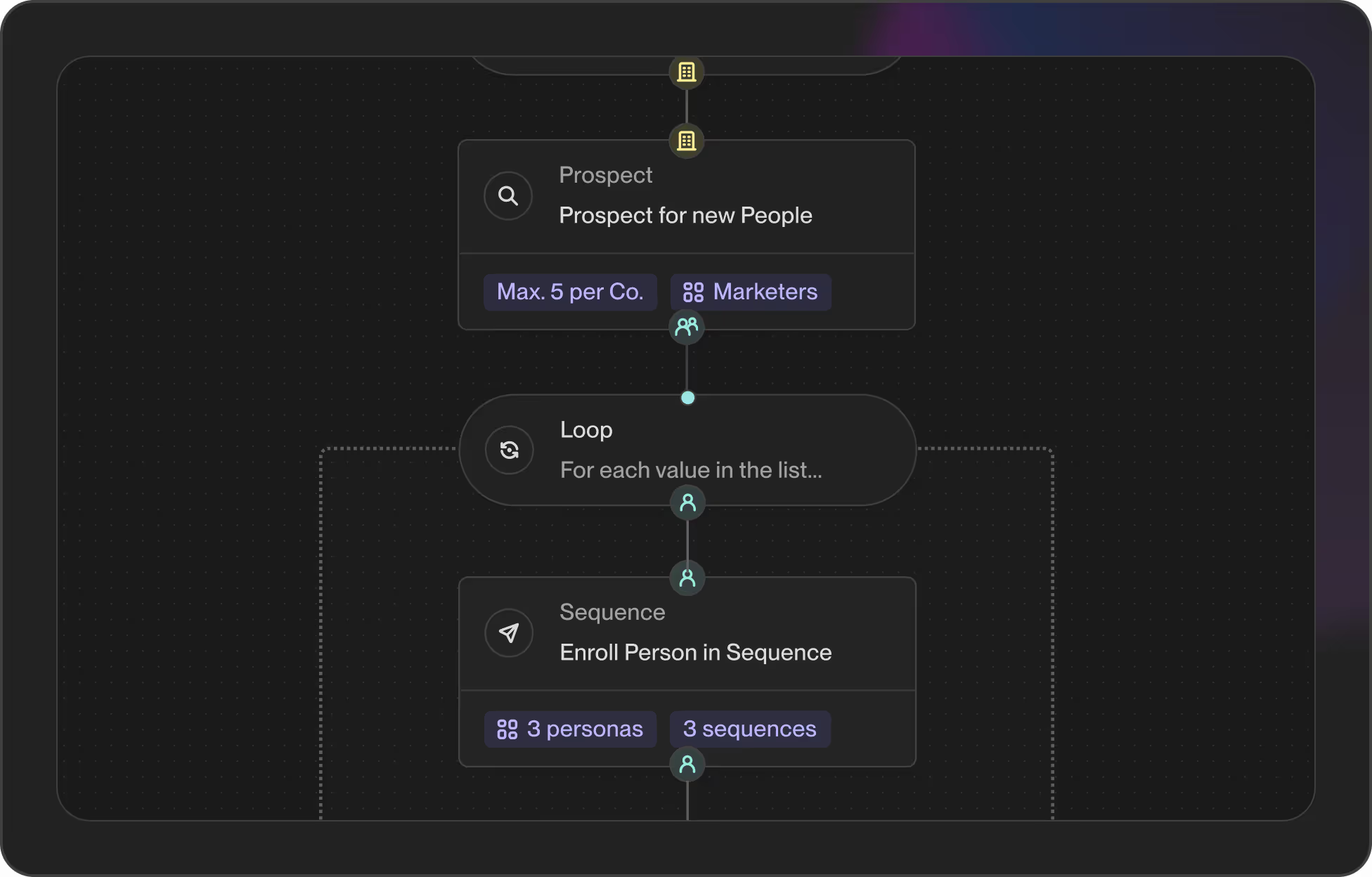
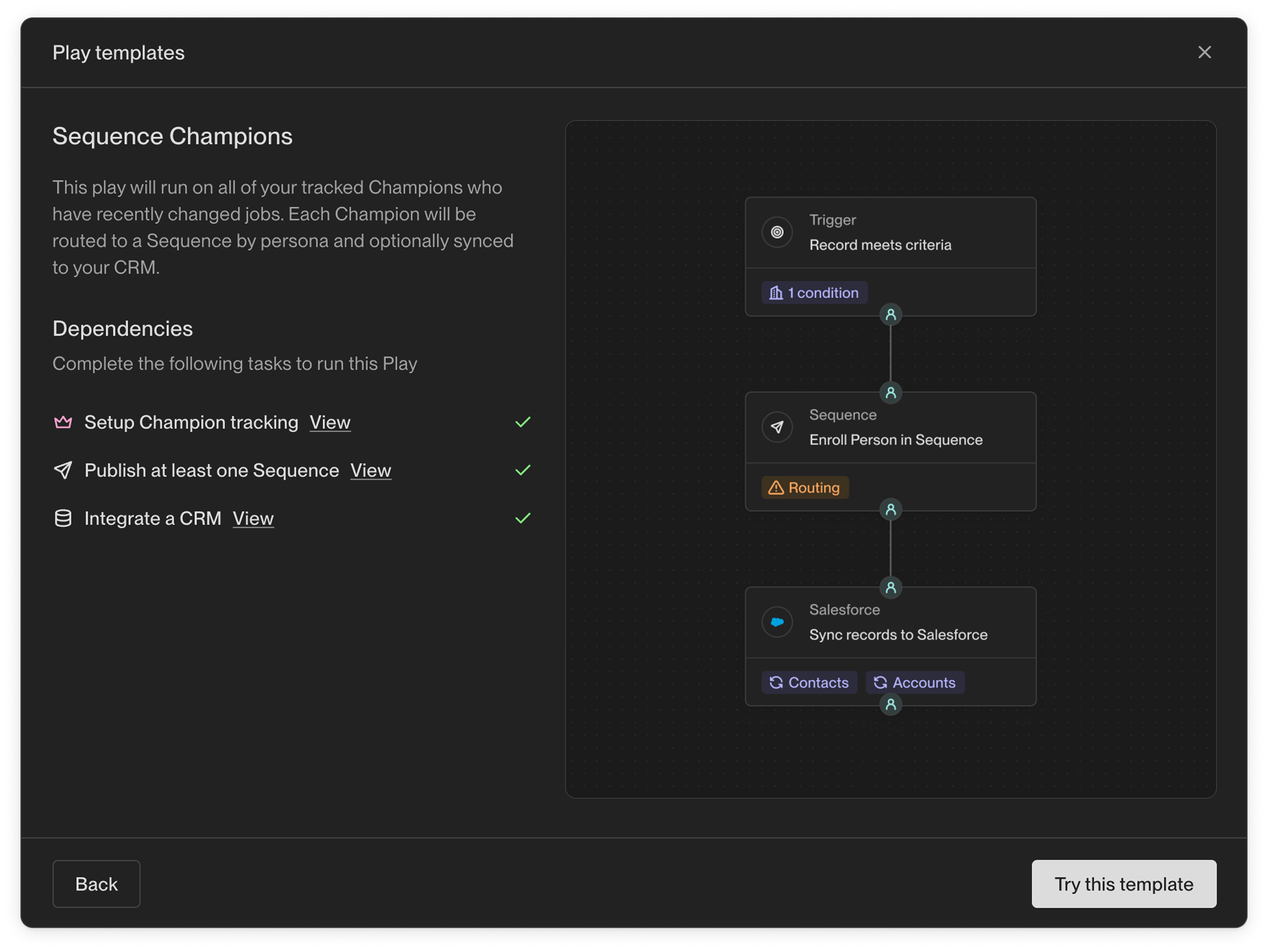
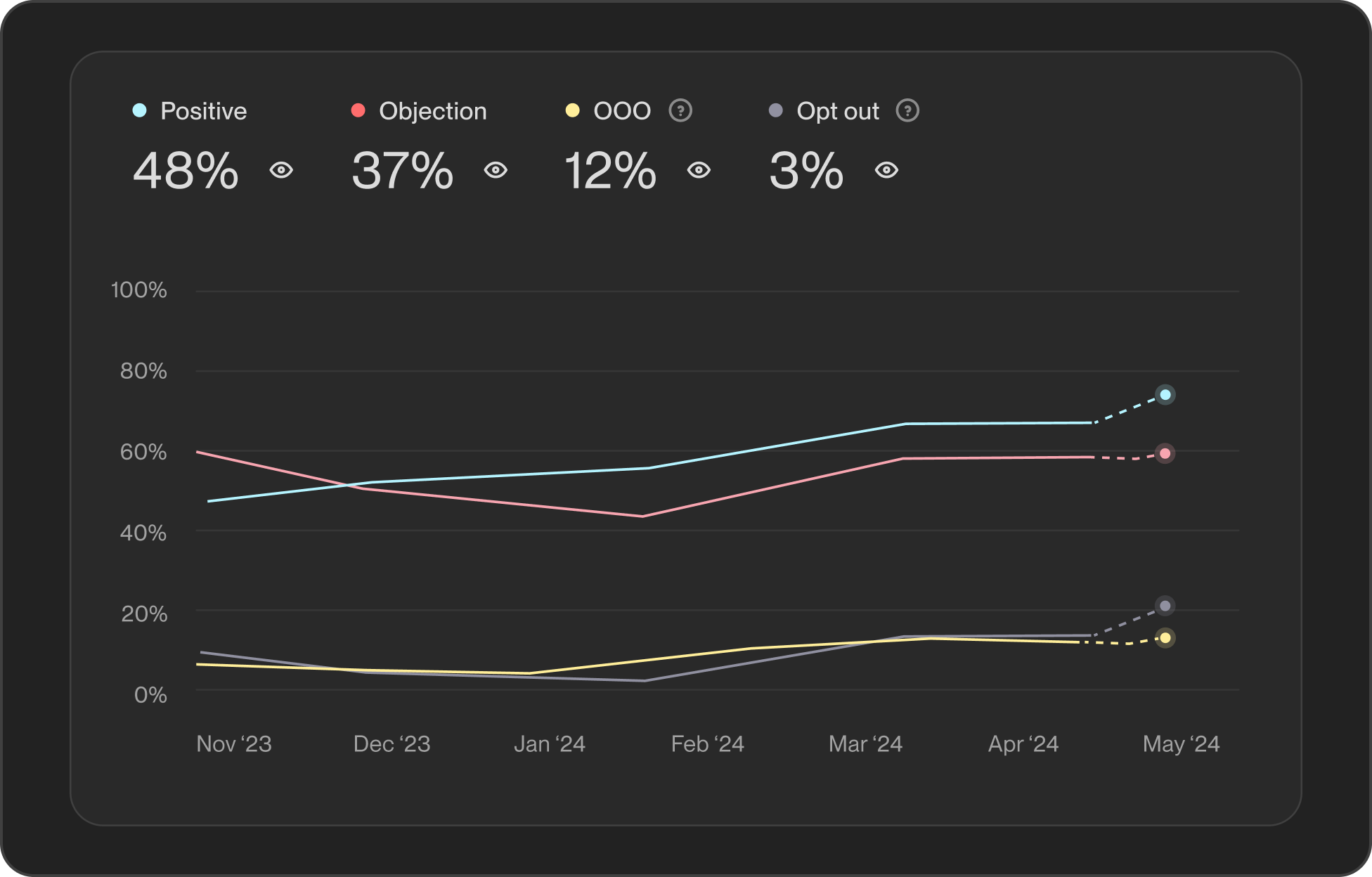
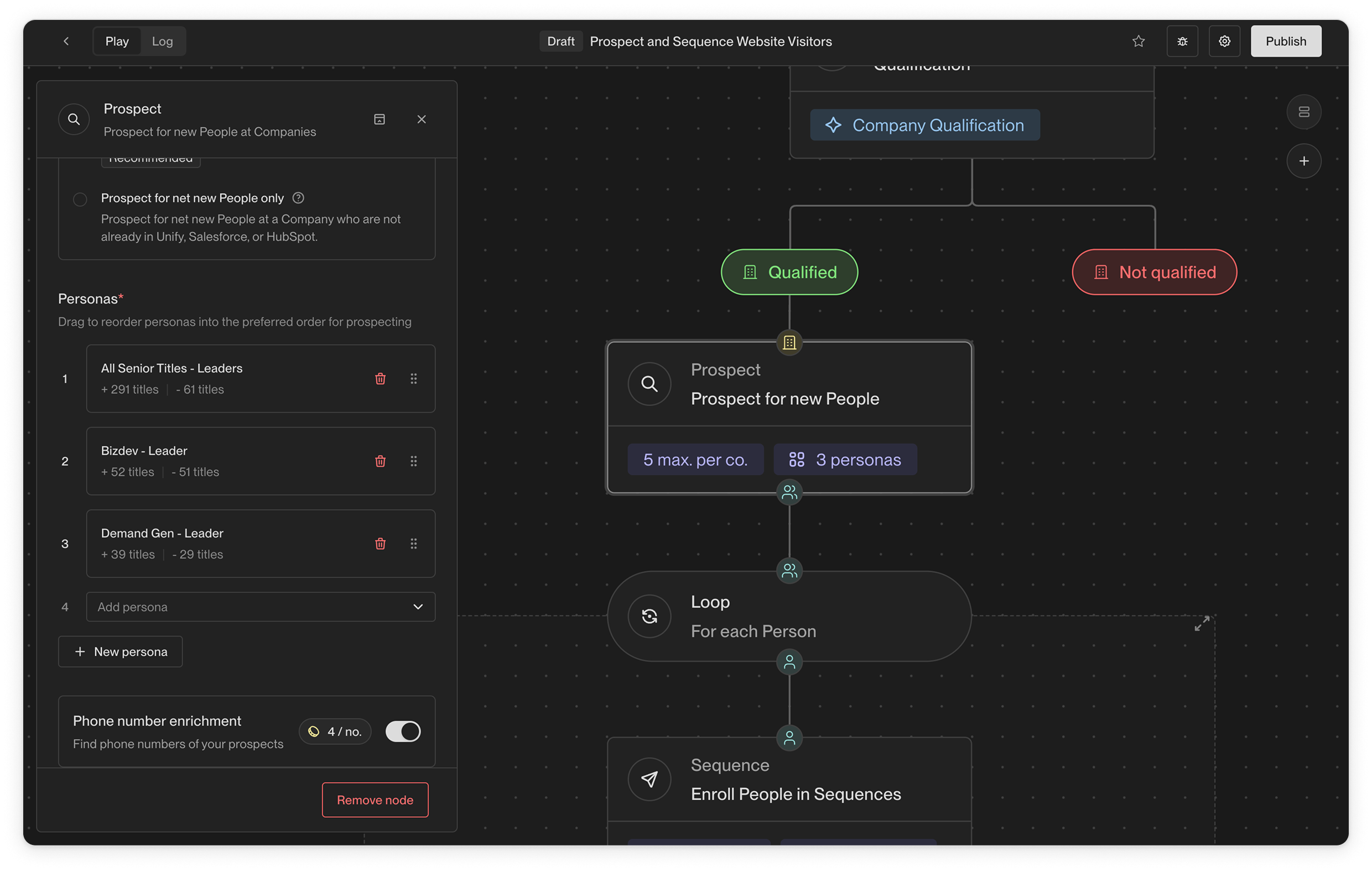
.avif)
